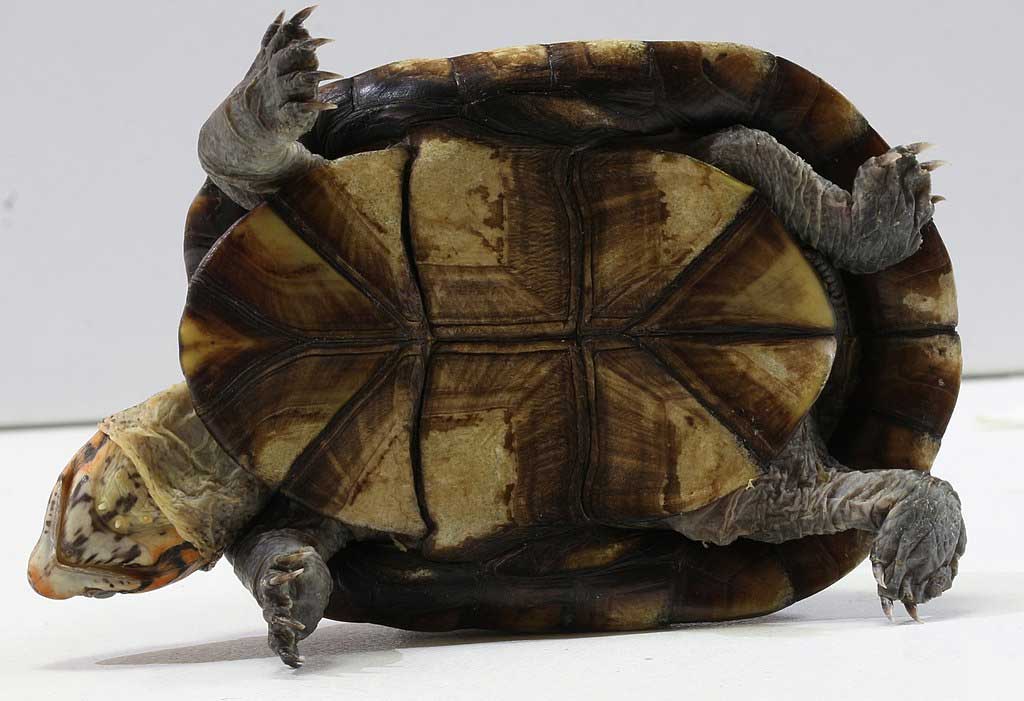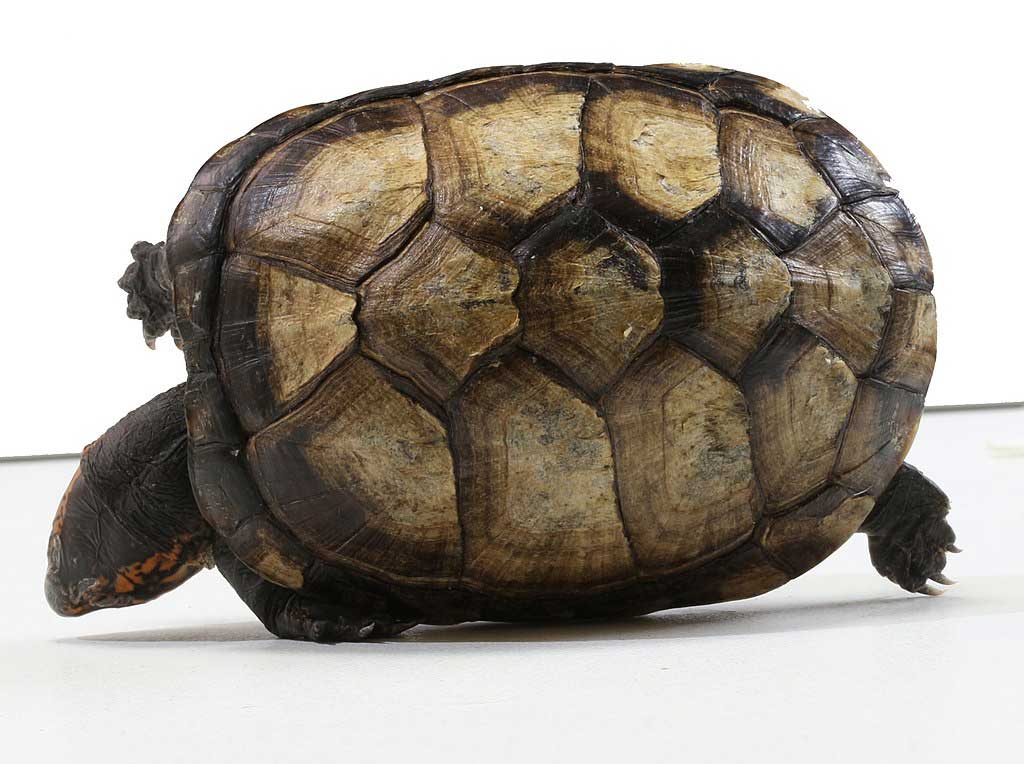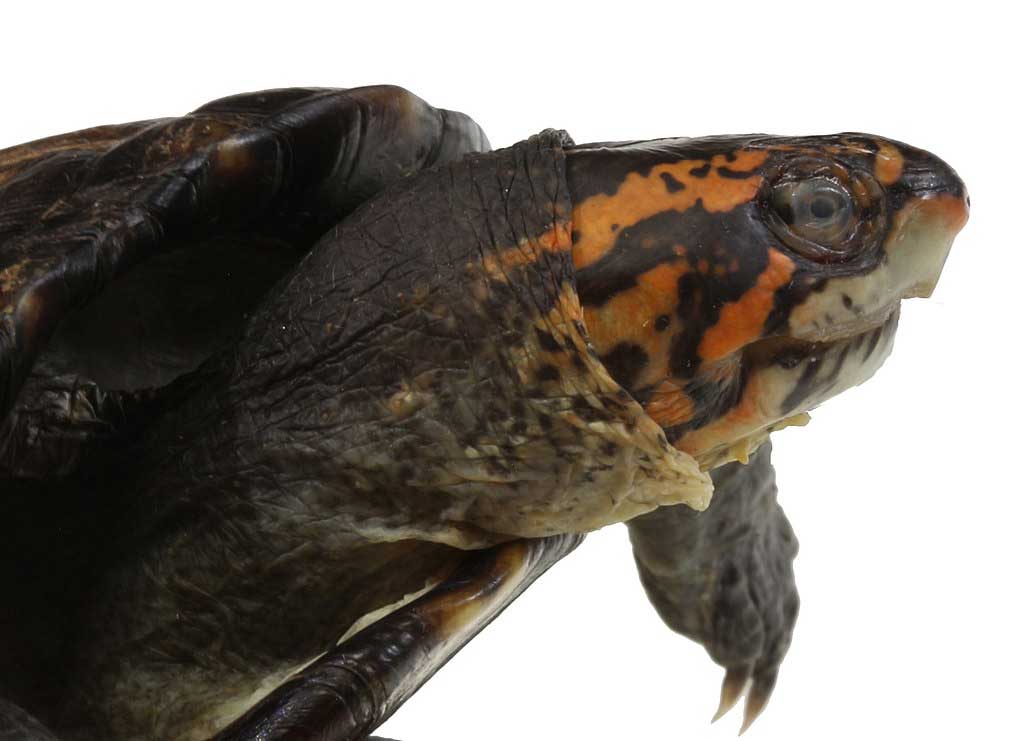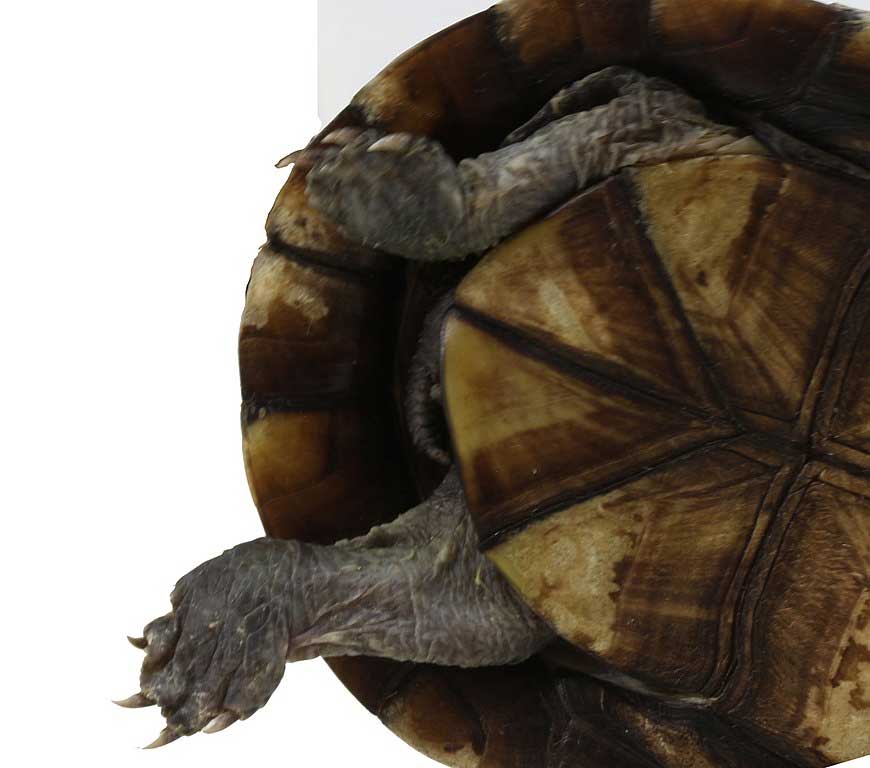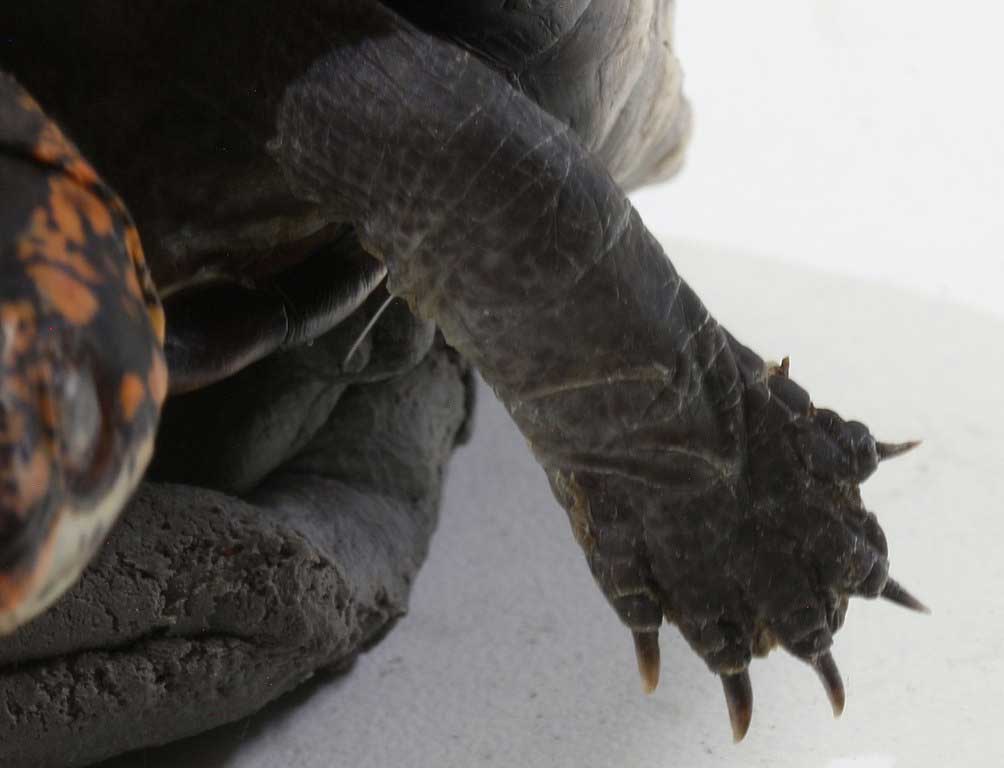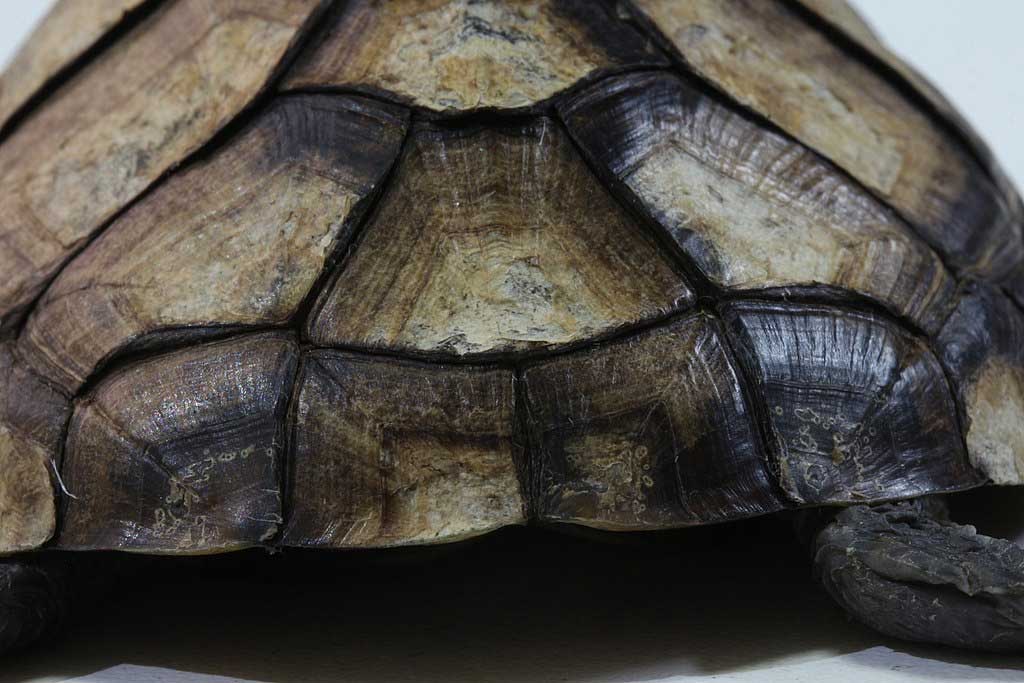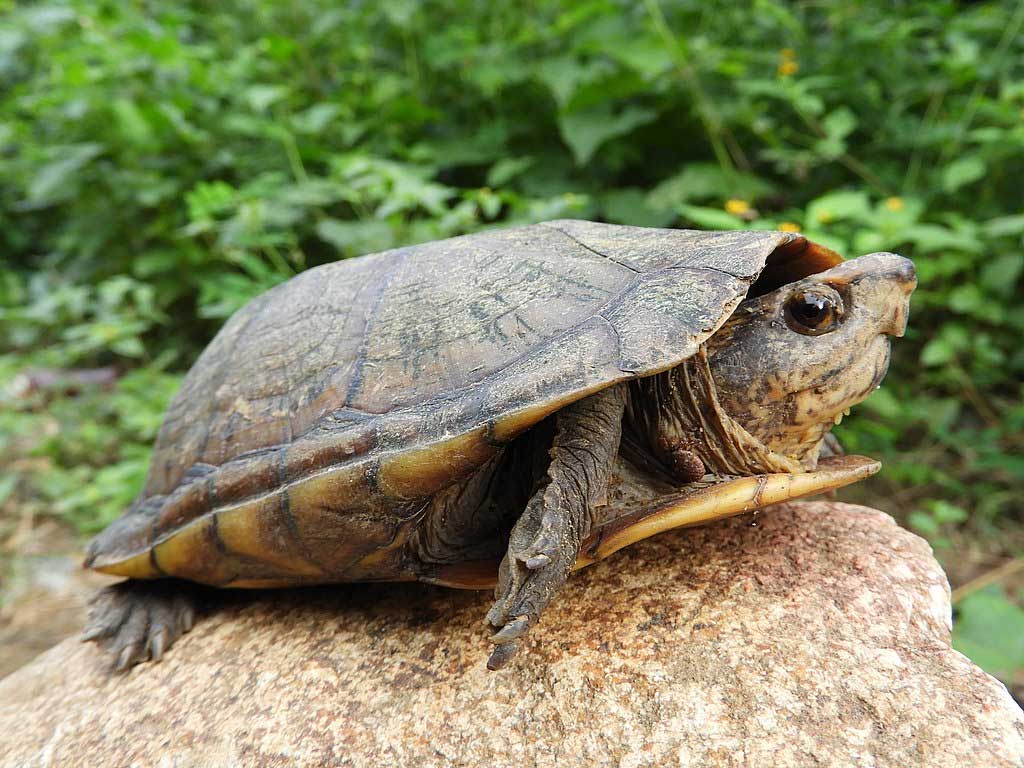
Content |
|---|
Origin / Distribution
The Scorpion mud turtle (Kinosternon scorpioides) It is native to the south-southeast of Mexico., including Cozumel Island), south to Belize, and in the Caribbean channels in Honduras, Nicaragua and on the Island of San Andres, Colombia. It also, It is distributed in the Pacific channels in southern Mexico., Central America to Panama; Atlantic drainages, and other inland or coastal regions of South America, including Bolivia, Brazil, Colombia, the Guianas, Ecuador, Peru, Trinidad, Venezuela, and disjunct populations in Argentina and Paraguay.
Subspecies
- Scorpion mud turtle (subspecies) – Kinosternon scorpioides scorpioides (Linnaeus, 1766)
- White-throated mud turtle – Kinosternon scorpioides albogulare (Duméril and Bibron, 1870)
- Red cheeked mud turtle – Kinosternon scorpioides cruentatum (Duméril, Bibron and Duméril, 1851)
Characteristics / Appearance
The Scorpion mud turtle is a Kinosternidae (mud turtle) medium to large in size with an oval shell (top shell) with a length of 92-270 mm. The shell may have three keels (Crests) in many individuals . The plastron (lower shell) has two hinges and little or no anal notch on posterior lobe. The first vertebral scale (shield or foil) of the carapace is wider than long, and the vertebral scales 1 to 4 have distinct posterior notches. Shell color varies from light brown to olive or black; head may be brown, gray or black with a reticulate or cream-colored spotted pattern, orange, red, pink or yellow. In most individuals the tip of the tail has a horny spine.. This description of Scorpion mud turtle should be compared with the anatomical features of other kinosteridos similar-looking North Americans described in other works.
Scorpion mud turtle
Source: Vicente.niclos
Size:
Carapace length 92-270 mm
Habitat
They are found in shallow water, in flooded forests, swamps and ponds from Mexico to Argentina and is said to be the quelonio with the widest distribution in the neotropics.
Behavior
Its feet are webbed, but this species of turtle divides its time between water and land and prefers to walk on the bottom instead of swimming. They can be aggressive and can inflict a painful bite with their horny parrot-like beak. When the male of a species is larger than the female, usually indicates that males compete for females or have to subdue them.
Threats to the species
Not currently classified as at risk, but the widespread consumption of adults and eggs, along with deforestation, has caused a decrease in their number in some areas.
This species is widely consumed in For, where the “casquinha de Muçuã” It is one of the most famous dishes of Belem.
The "Scorpion mud turtle" in captivity
The Scorpion mud turtle usually kept as a pet. Of course, they are beautiful aquatic turtles, but that alone is not enough. They are easy to care for. One of the reasons is that, like tropical turtles, they do not need to hibernate. Since they feed almost exclusively on foods of animal origin, planted aquariums are also possible.
Aquaterrarium
To the Scorpion mud turtle he likes to climb.
The Scorpion mud turtle can grow to a maximum body length of 20 cm in the aquarium. These aquatic turtles need an aquarium with an integrated terrestrial part for basking.. Said container must have a size of at least 80 x 40 x 40 cm.. The water part must have a sand or gravel substrate. It also, the Scorpion mud turtle needs climbing opportunities. especially the stones, roots or plants are very popular.
The Scorpion mud turtle is a solitary animal. The ideal is to keep them individually in a nice aquarium.
These reptiles adapt perfectly to the conditions of the aquarium water.. They prefer water temperatures between 20 and 28 Celsius degrees. low heat point, temperature can also be 40 degrees Celsius.
Food
The Scorpion mud turtle accepts meat and vegetable food. In the aquarium, However, live and frozen food preferred. They also eat turtle sticks or dried animals.
Reproduction in the aquarium
The Scorpion mud turtle (Kinosternon scorpioides) have already been successfully bred in the aquarium. They lay eggs, which they then bury in the sand. A set can contain up to 5 eggs. The young hatch after 60 to 120 days.
Buy one "Scorpion mud turtle"
The price of the offspring "Scorpion mud turtle" at the exotic animal market, ranges between 80 – 120 EUR.
Videos "Scorpion mud turtle"
|
|
|
|---|
Alternative names:
1. Scorpion mud turtle (English).
2. Tortue scorpion, Cinosterne de l’amazone (French).
3. Skorpions-Klappschildkröte (German).
4. Muçuã, Jurará (Portuguese).
5. "Tortuga estuche", Casquito escorpión, Morrocoy de agua, Tapaculo, Chachagua y Tortuga de pecho quebrado (español).
